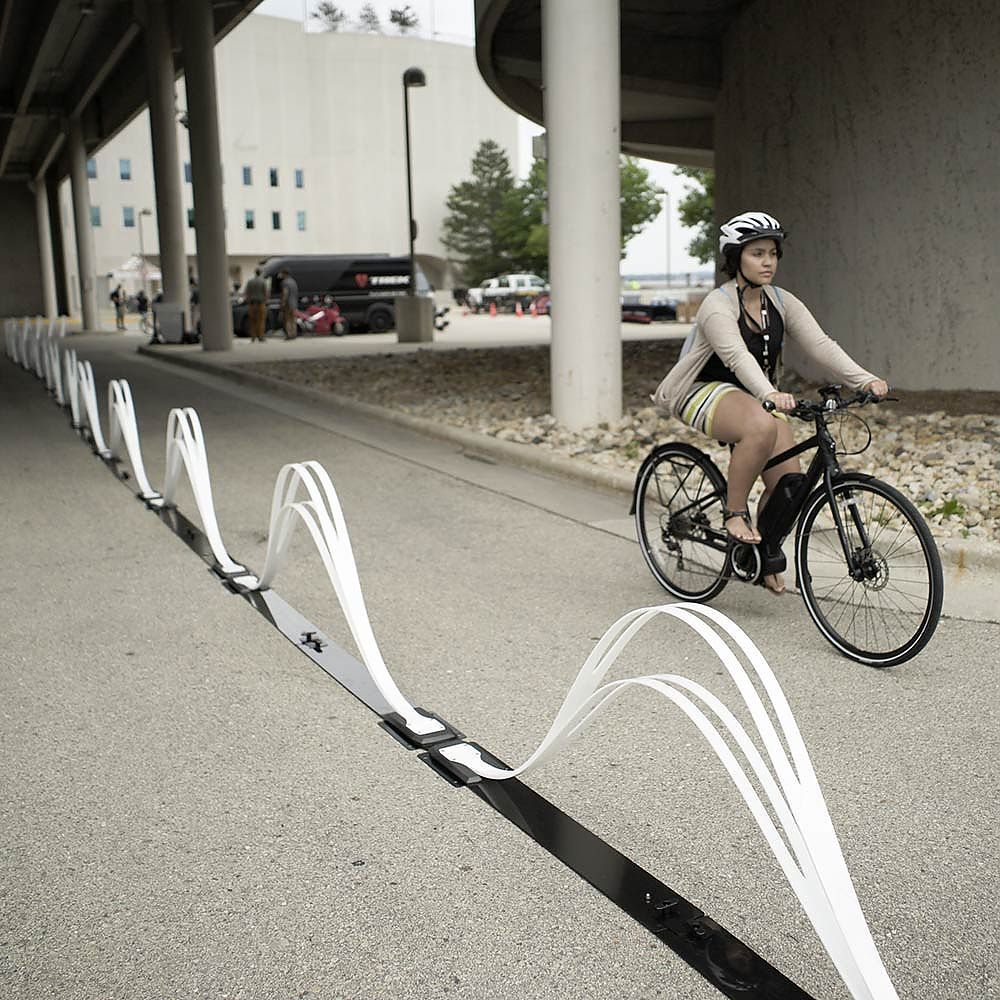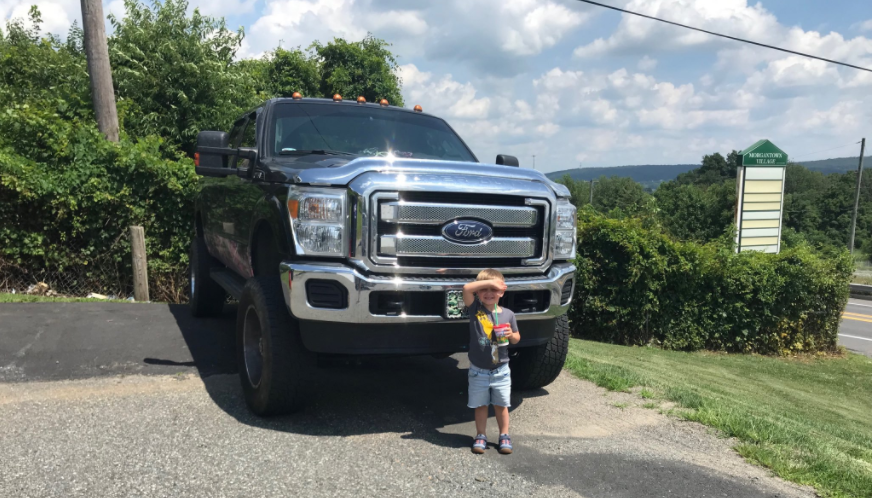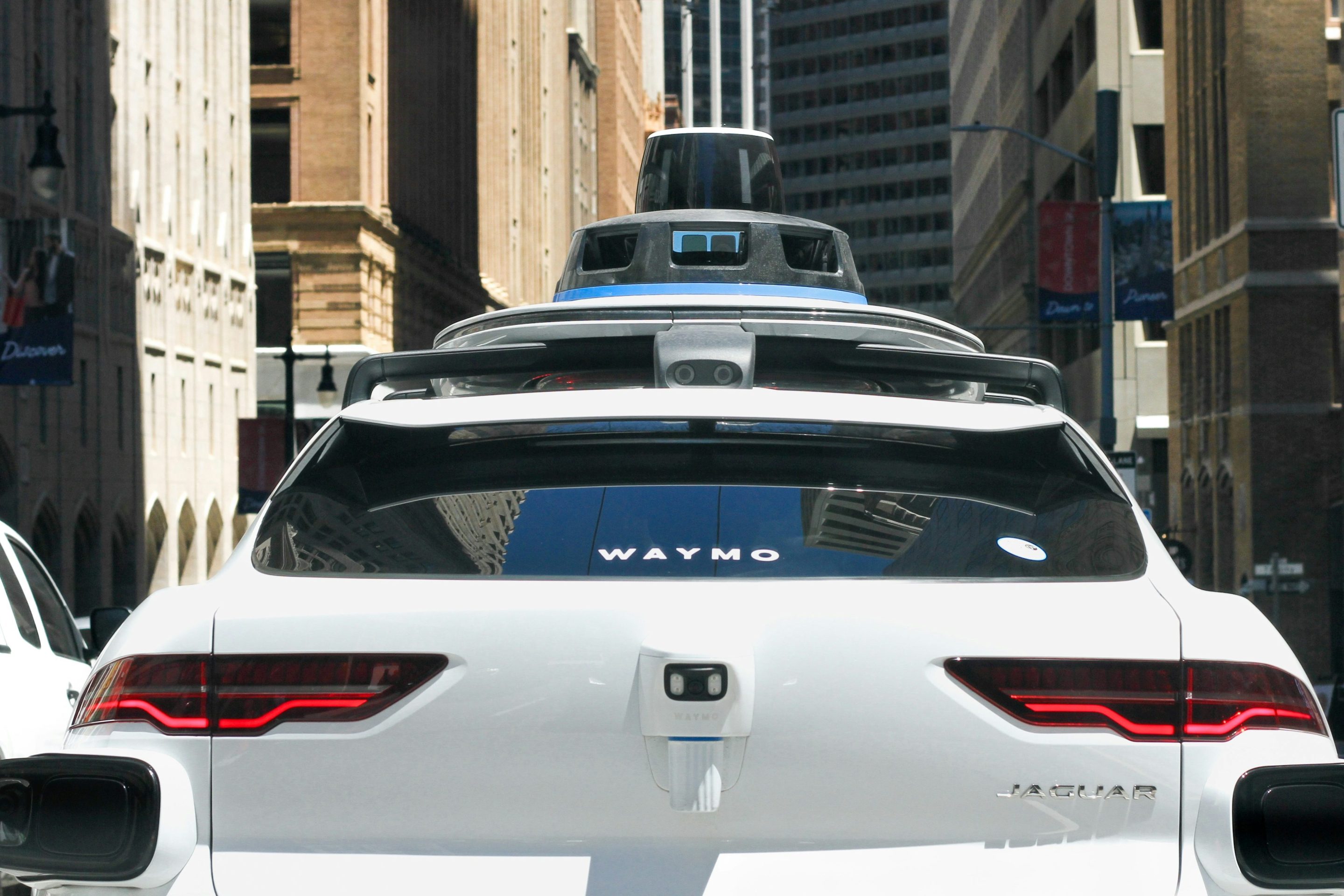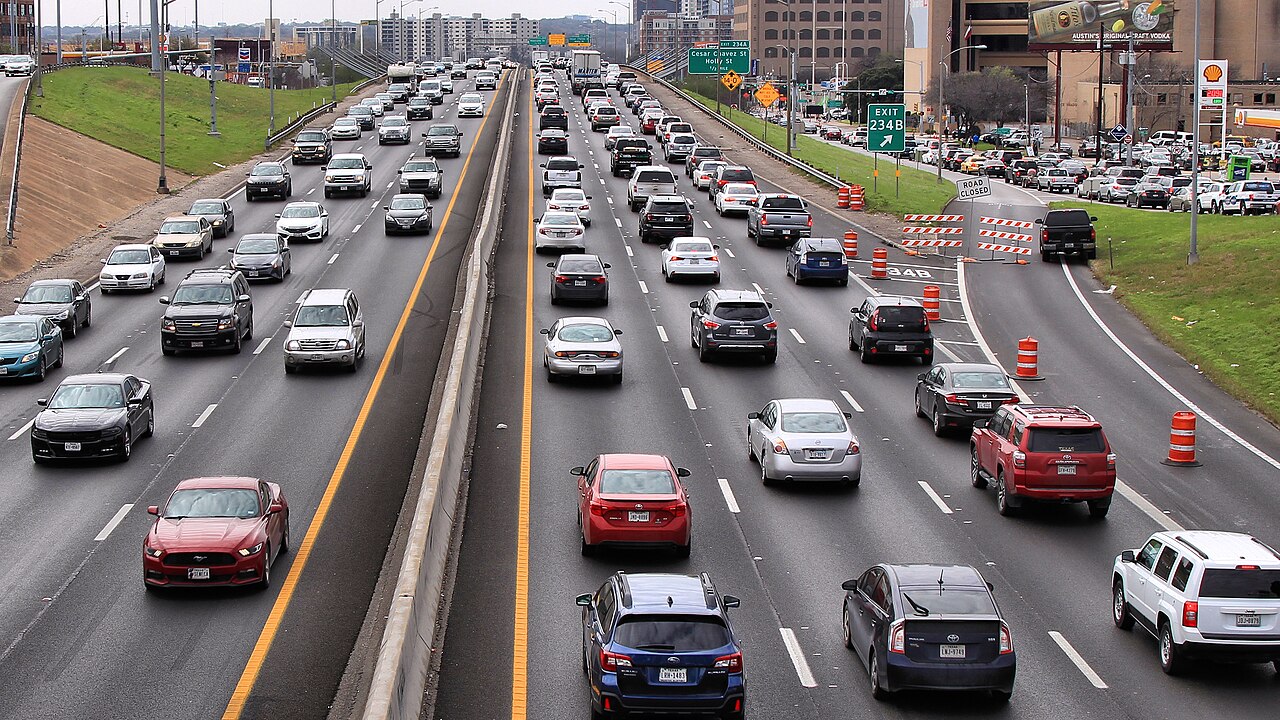Join us at the virtual Shared Mobility Summit on May 5-6 for powerful plenary speakers, hyper-relevant sessions, small-group discussions, a virtual Startup Spotlight, a virtual expo, and a hosted reception. We'll address how transit and shared mobility can respond and recover from COVID-19 and work for everyone. REGISTER TODAY.
If a traffic engineer wants to build a protected, on-street bike lane in America, she can usually choose between two basic designs: a bulky, expensive, and profoundly ugly concrete bollard, or a shrimpy, plastic pole that a driver can plow straight over.
There has to be something better — and if a new contest from the micromobility company Spin succeeds, there might be one on American streets soon.
Spin is sponsoring a global search for a safe, inexpensive, durable, beautiful, and all-around awesome alternative to the imperfect delineators that dominate bike and walking infrastructure across the country. Or, more accurately, the contest hopes to find a traffic barrier that could become common on our streets: because in too many of our places, vulnerable road users don't have any separation from traffic besides paint...in large part because most of the easily-available delineator options kind of suck.
The top designs will be adjudicated by a panel of experts in safety, design and fabrication, and Team Better Block — a creative placemaking and urban planning firm that's famous for its roots in the tactical urbanism world — will develop and fabricate the three best ones for socially-distanced pilot projects across the nation in July. (If you aren't familiar with the typically glacial pace of product design in the road safety world: that's really fast, and very exciting.) After the pilot phase, one winner will be chosen, and the final design will be made available for install to cities nationwide in the fall.
The contest is open to anyone who cares about building a better barrier, which Spin hopes will allow the company to tap the underutilized creativity of designers outside the traffic engineering world, artists and even everyday road users who are sick of seeing cars mow down those dumb foldable delineators (or sick of hearing their city leaders claim they can't afford to put in sturdier infrastructure.)
Getting fresh voices into the conversation could be a game-changer. The humble road delineator hasn't been an area of much innovation in the traditional traffic safety world, because of a depressing mix of city liability concerns, apathy in the traffic engineering community, and —of course — good old-fashioned capitalism.
"Road delineators aren't a huge money-making industry, so people aren’t pouring cash into it the way they do other segments of our road industry," said Kay Cheng, director of Spin's streets program. "But they're still crucial to keeping people safe."
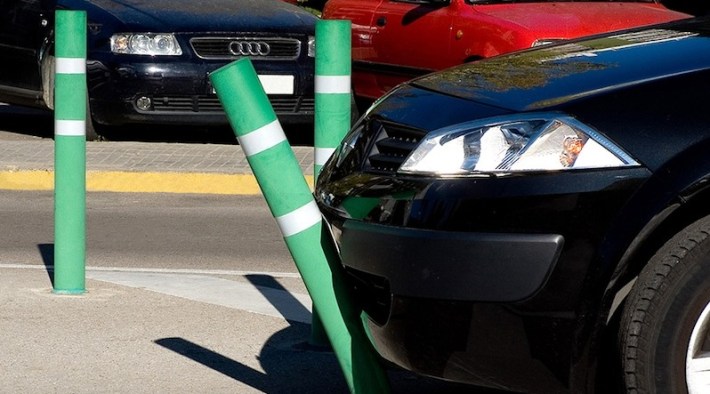
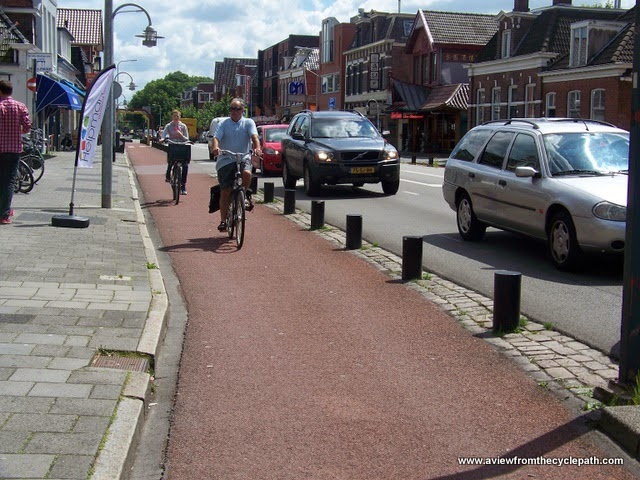
Herself a veteran of San Francisco's planning department, Cheng doesn't blame cities for failing to push the manufacturers to find a better option.
"Cities are doing whatever they can with their bare minimum staffing to get whatever they can on the street — especially during COVID-19," she says. "But when it comes to stuff like delineators, we’re lacking that human factor, never mind the aesthetic factor. Our streets move our cities' most precious quantity, which is our people. We put so much creativity and vision into how we design our buildings; why not do the same thing with our streets?"
Companies like Spin, of course, have a strong business interest in having more protected infrastructure easily available to users in cities across America — and non-drivers across all modes could benefit from cities having access to a greater range of quality options.
And Cheng argues that with vehicle miles travelled at historic lows, there is no better time to do it than now.
"There’s always a need for people to get around safely outside of cars on our streets — there was before COVID-19, there is now, and there will be after," she said. "So we kind of asked ourselves: what are the things people can work on right now, from home, on design programs on our computers? How can that help make streets safer later, when it's safe to get out and build a lot of infrastructure again? How can we look beyond the A-frames and the traffic signs? Let's do these pilots now, while the cars aren't out there clogging up the roads."
Entries are due June 21st. Find more information here.
